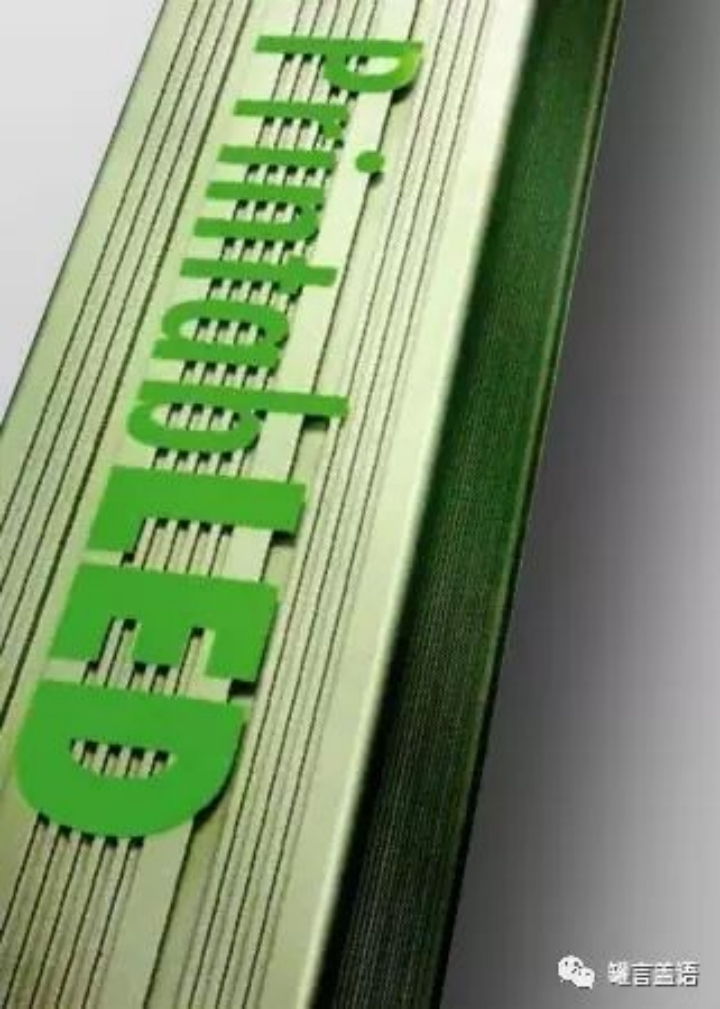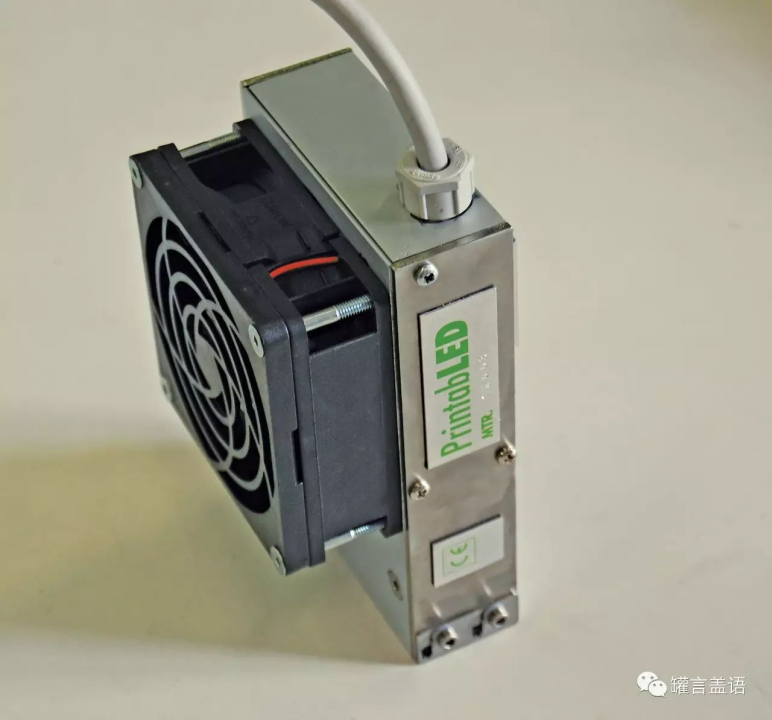Differentiation is one of the effective ways to avoid homogeneous competition. As far as the packaging and printing industry is concerned, the use of coatings or inks to achieve product differentiation is one of the most direct and effective methods. Special coatings and inks such as hammer pattern, wrinkle, mottled pattern, stone pattern, wood grain, fluorescent, pearlescent, crystal grain, flash, temperature sensitive, photosensitive and other special coatings and inks can give packaging a personalized and unique surface effect, so it has been widely used in the packaging and printing industry. application.
However, due to the complexity and particularity of the process, the application of special effects coatings and inks in my country’s iron printing industry has been far behind other industries. For a long time, only wrinkle oil, crystal grain oil (commonly known as explosion oil), bead oil, rubber A handful of special coatings such as oil. Moreover, the key technologies have been monopolized by American and Japanese companies for many years, and they are supplied in the form of imports, which seriously restricts the application of special effects printing in the iron printing industry.
In recent years, the situation has been greatly improved, and local enterprises have caught up through independent research and development, and there is a tendency to catch up. There are two specific manifestations. On the one hand, the variety of domestic special coatings is becoming more and more complete, the construction is more convenient, the production efficiency is higher, and the yield rate is higher. For example, crystal grain oil (commonly known as explosive oil) has been serialized, and the crystal grain size and gloss have different formulas, which can be adjusted according to customer requirements. The speed is as high as 80 sheets/min. There will be no explosion.
On the other hand, in addition to the above-mentioned common special coatings, new varieties such as high-gloss rubber oil, anti-slip oil, anti-fouling oil, orange peel oil, and crystal grain ink have also been added. Among them, high-gloss elastic anti-skid oil, orange peel oil and crystal grain ink are worthy of attention. The characteristics and application prospects of these three types of special coatings and inks are briefly introduced below.
High-gloss elastic anti-slip oil
High-gloss elastic non-slip oil, also known as high-gloss rubber oil, is one of the new varieties on the market.
Performance characteristics and application fields Unlike matte rubber oil, it is as flat as ordinary varnish, but the gloss is much higher than the latter, and the appearance is full. In addition, the coating film is soft and has good elasticity, so it has a delicate touch and can provide a silicone-like feel. In addition, it has a strong anti-slip function, as well as good resistance to stamping and cooking. Suitable for trays, gift boxes, beverage cans.
Application points The process is the same as that of ordinary varnish, and it is baked at 180 ℃ for 10 minutes. The thicker the coating film, the stronger the elasticity, and vice versa.
Product Comments When applied to the tray, the soft feel and super anti-slip effect are unforgettable and addicting.
orange peel oil
Orange peel oil, also known as orange oil, is one of the special paint varieties that are very worth exploring at present.
Performance characteristics and application fields Orange peel oil has good processing performance and can be widely used in various miscellaneous cans and milk powder cans. At the same time, it has good cooking resistance and can also be used in beverage cans.
The orange stripe effect is caused by the shrinkage caused by the difference in the surface tension of the paint surface and the bottom layer. The smaller the surface tension of the bottom layer and the greater the surface tension of the surface layer, the greater the shrinkage force of the orange peel oil and the greater the texture of the orange peel oil; and vice versa. Therefore, by adjusting the surface tension of the bottom layer and the surface layer, a lot of surface effects can be made, providing unique visual and tactile effects, and giving the product a distinct personality.
In addition, users can also adjust the texture effect they want through the combination of orange peel base oil and orange peel oil. For example, apply orange peel oil on the special ink, or apply a layer of orange peel base oil on the ink first, and then apply orange peel oil on top, so that the coating effect can be completely controlled by yourself, even if competitors use the same orange peel Oil, it is also difficult to imitate the same coating, so it can give the product a strong anti-counterfeiting function, and at the same time greatly improve the added value and competitiveness of the product.
The main application process is the same as that of ordinary varnish, that is: first coat the bottom varnish, the dry film weight is 2~3g/m2, bake at 170 ℃ for about 10 minutes; then apply orange peel oil on the bottom varnish, the dry film is The weight is 5~12g/m2, and it is baked at 170℃ for about 10 minutes.
Comments When applied to Red Bull beverage cans, “Junlebao” milk powder cans, Dulux primer packaging barrels, Carpoly wall paint packaging barrels, and Garrett Jello popcorn cans, the irregular tactile texture is quite eye-catching.
Crystalline ink
Crystal pattern ink, commonly known as explosive ink, is a new variety developed on the basis of crystal pattern oil. It is unique in the world and has a very broad market prospect.
Performance characteristics and application fields Crystalline ink has all the advantages of crystalline oil, such as crystal clear, bright vision, delicate touch, etc. At the same time, it overcomes the shortcomings that crystalline oil must be coated on a large area and the mechanical processing performance is limited. Any position of the finished print can be printed at will, to meet the requirements of machining, cooking, etc., suitable for all printed iron can products.
Application points It is very convenient to use, just use the existing printing equipment to print directly on the varnished print. The thicker the film, the larger the grain, and vice versa. The process of baking temperature and vehicle speed can refer to the grain oil process, that is, the temperature of the front furnace is 80~110℃, and the temperature of the rear furnace is 130~150℃; or the rear furnace is only opened, and the temperature is 160℃; /minute.
Since it is a brand-new product, users can mix colors and shapes, and add dyes or pigments appropriately to bring out their ideal and unique local crystal grain visual and tactile effects, giving the product a distinct personality and strong anti-counterfeiting function, which greatly improves the the added value and competitiveness of the product.
Product reviews are on the black part around the iron text “Huoshan Huangya” on the tea cans, the blue flaxseed in the vegetable oil can, the dark blue shield in the golden-collared milk powder can, and the black background outside the red letter “vial” in the cosmetic can with empty red letters. The heart-shaped chocolates and ribbons of the Dove chocolate box, and the gold base around the “A Bucket of Gold” in the Jinxilai wine can, the application of partial crystal pattern ink gives people a bright, unforgettable, fresh and refined feeling. The finishing touch.
Epilogue
The production and application processes of these three types of special effect inks and coatings are mature and meet the requirements of environmental protection. They have broad market prospects and are worthy of vigorous exploration and promotion.
Bonus: Two special applications It’s important to point out that they also have two special applications. The first is to use the heat insulation function of high-gloss elastic varnish on the drying room bracket, which can not only solve the pain point of the flower stand printing industry, but also have the effect of energy saving and environmental protection. Second, by adding fluorescent, pearlescent, flashing, temperature-sensing, photosensitive and other materials to give special coatings and inks corresponding functions, so as to develop more unique products to meet market needs.
Four unsolved problems and countermeasures At present, there are still the following problems in the application of special effect inks and coatings in the printing iron can industry, but they can be solved through efforts.
First, the printing yield and production efficiency have yet to be improved. This is because most special coatings and inks have higher requirements on construction technology and are more sensitive to baking temperature and vehicle speed than ordinary products. It can be solved by improving the application adaptability of special effect inks and coatings and conducting professional training for construction personnel.
Secondly, the material cost and the use cost are relatively high. The former is due to the high research and development costs of special effect inks and coatings, coupled with less sales and thicker coatings than ordinary products; the latter is due to the lower printing yield and production efficiency of special effect inks and coatings than ordinary products. The formula cost can be reduced by improving and adjusting the formula and increasing the sales volume; at the same time, the cost of use can be reduced by improving the printing yield and production efficiency.
Third, the resistance to cooking and stamping needs to be improved. The root cause is that special effect inks and coatings are thicker than ordinary products, and most of the surfaces have patterns. The solution is to improve and adjust the formula, reduce the thickness of the coating film and improve the wear resistance, scratch resistance and machining performance of special effect inks and coatings without affecting the surface pattern.
Finally, the industry doesn’t pay enough attention to special effect inks and coatings. This is due to the lack of promotion by suppliers and the general lack of awareness in the industry. It can be solved by widely publicizing the application of special effect inks and coatings in differentiated packaging and raising users’ awareness.
To sum up, the application prospects of special effect coatings and inks in the printing iron can industry are quite broad. It is believed that in the near future, all participants, especially material suppliers and iron-printing can manufacturers, will work together and cooperate closely with the goal of “safety, environmental protection, energy saving and high efficiency”, and differentiated metal packaging will shine.
More: Automatic Conical Pail Production Line



